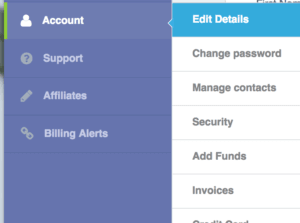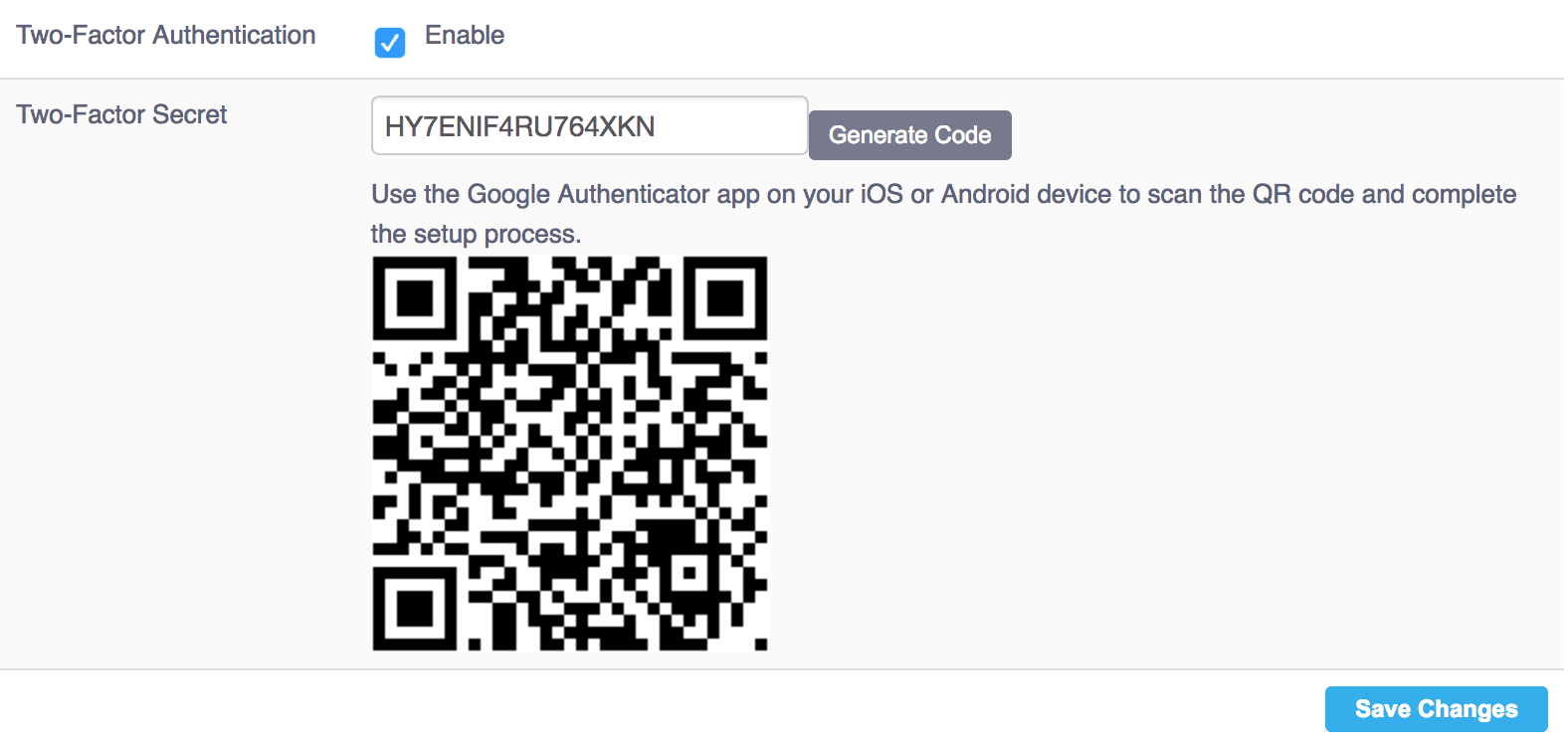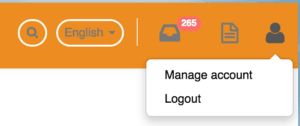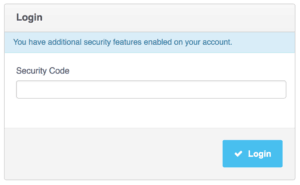 Piergiorgio Venuti
Piergiorgio Venuti
Autenticazione a due fattori
Autenticazione a due fattori
Proteggi la tua area utente con l’autenticazione a due fattori di Google Authenticator
Ora puoi proteggere la tua Area utente mediante Google Authenticator, in questo modo aggiungerai un ulteriore livello di sicurezza al tuo account Cloud.
Autenticazione a due fattori
Come abilitare Google Authenticator sul tuo account Secure Online Desktop
1 Accedi alla tua Area utente con il tuo account;
2 Vai alla sezione Account -> Modifica i dettagli;

3 Spunta l’opzione “Two-Factor Authentication”;

4 Scannerizza il codice generato con la tua app Google Authenticator (scaricala da Apple Store o Google Play);
5 Salve le impostazioni;
6 Effettua il logout e nuovamente il login;

7 A questo punto, dopo username e password avrai bisogno di inserire il codice OTP generato dall’app Google Authenticator.

Ora che hai completato la configurazione il tuo account Cloud e tutti i servizi Cloud contenuti saranno più sicuri in quanto un malintenzionato avrà bisogno di conoscere oltre alla coppia username e password anche il codice OTP. Puoi disabilitare in qualsiasi momento questa funzionalità accedendo alle impostazioni del tuo account.
Customers
Twitter FEED
Recent activity
-
SecureOnlineDesktop
Estimated reading time: 6 minutes L'impatto crescente delle minacce informatiche, su sistemi operativi privati op… https://t.co/FimxTS4o9G
-
SecureOnlineDesktop
Estimated reading time: 6 minutes The growing impact of cyber threats, on private or corporate operating systems… https://t.co/y6G6RYA9n1
-
SecureOnlineDesktop
Tempo di lettura stimato: 6 minuti Today we are talking about the CTI update of our services. Data security is… https://t.co/YAZkn7iFqa
-
SecureOnlineDesktop
Estimated reading time: 6 minutes Il tema della sicurezza delle informazioni è di grande attualità in questo peri… https://t.co/tfve5Kzr09
-
SecureOnlineDesktop
Estimated reading time: 6 minutes The issue of information security is very topical in this historical period ch… https://t.co/TP8gvdRcrF
Newsletter
{subscription_form_2}© 2023 Secure Online Desktop s.r.l. All Rights Reserved. Registered Office: via dell'Annunciata 27 – 20121 Milan (MI), Operational Office: via statuto 3 - 42121 Reggio Emilia (RE) – PEC [email protected] Tax code and VAT number 07485920966 – R.E.A. MI-1962358 Privacy Policy - ISO Certifications








